The Independent's journalism is supported by our readers. When you purchase through links on our site, we may earn commission.
Why Iceland’s greenhouse-to-table restaurant scene could be the future of sustainable dining
Think nothing can grow in Iceland’s harsh climate? Think again, says Simon Parker
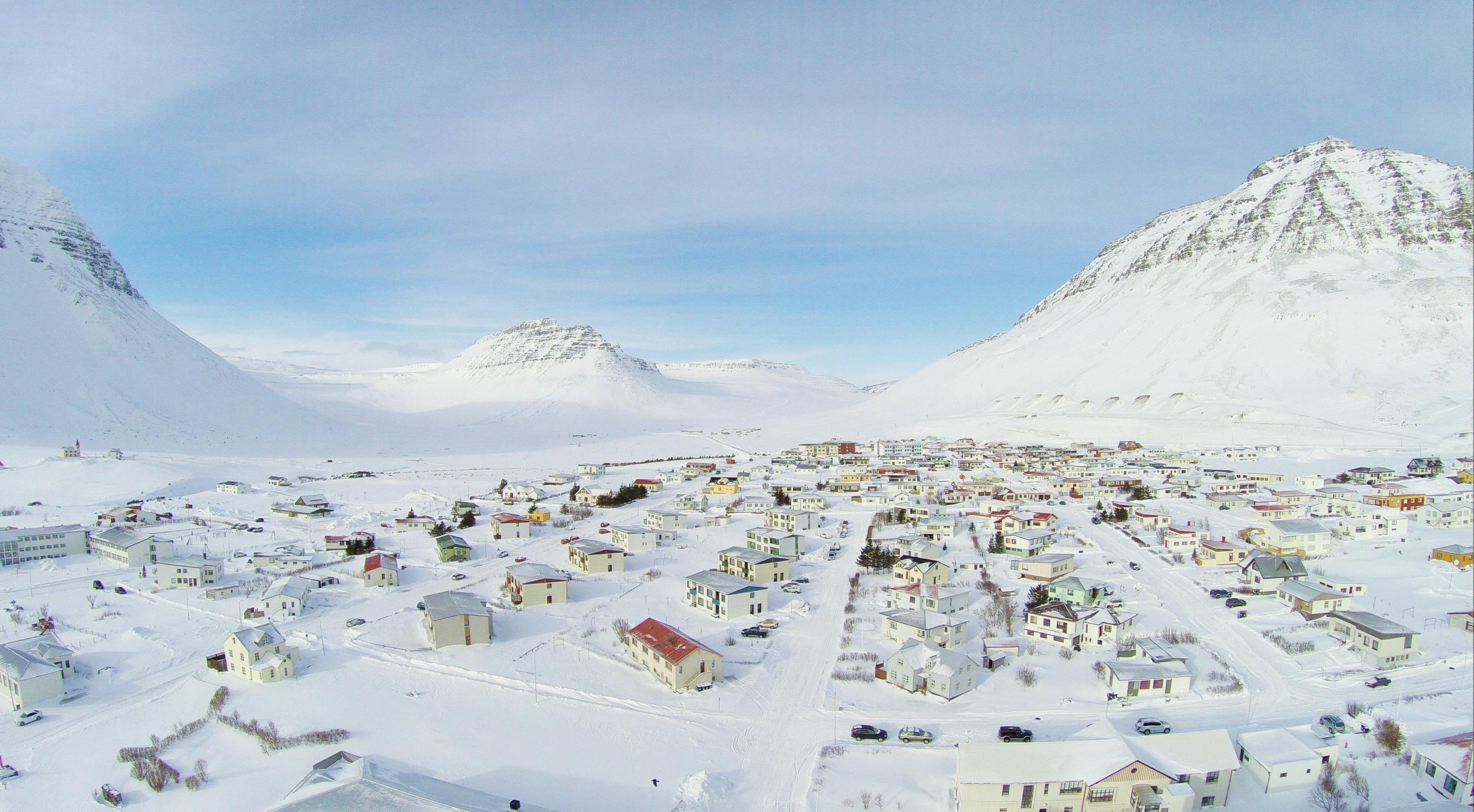
As clumps of thick, slushy rain sloshed sideways across the triple-glazed restaurant windows, plumes of pearly, sulphur-rich steam zigzagged out of fissures in the barren Icelandic hillside. Dusk was rapidly giving way to night, but through the murky light I could just make out vast patches of dirty ice flecked across the black volcanic tundra. The undulating horizon resembled the dappled coat of a giant Dalmatian – not cloaked in hard, dark winter, but flaunting the first signs of a softer, sludgy spring.
Inside, a fire crackled beside amber tea lights and fluffy sheepskins. Silfra, ION Adventure Hotel’s flagship restaurant outside Reykjavik, felt as close to the epitome of Nordic hygge – an ever so hackneyed term – as it’s possible to get. The inside and outside worlds couldn’t have been at starker extremes – but as I scanned through the “fresh and locally sourced” menu, I noticed an intriguing trend emerging.
“All of our cauliflower, scallions, artichokes, celeriac and micro herbs are grown within just a couple of hours of us,” said head chef Mukhtar Kosbayev, as he placed an Icelandic lamb shank the size of a bodybuilder’s fist on the table in front of me. “We work closely with the Association of Icelandic Farmers to use only what’s in season. You see, whenever people find themselves limited, they’re challenged to be creative.”
At first glance, this wind and rain battered North Atlantic island is one of the most infertile corners of the planet. Growing anything remotely fresh or seasonal would appear to be impossible but for one significant (and eggy smelling) natural resource: geothermal heat.
Iceland sits over the convergence of the North American and Eurasian tectonic plates, meaning that vast pockets of its 40,000 square mile surface are not only warm to the touch, but often bubbling at temperatures way above boiling point. By craftily positioning greenhouses and poly tunnels over, or near, these areas, farmers have helped make Iceland a bastion of self-sustainability.
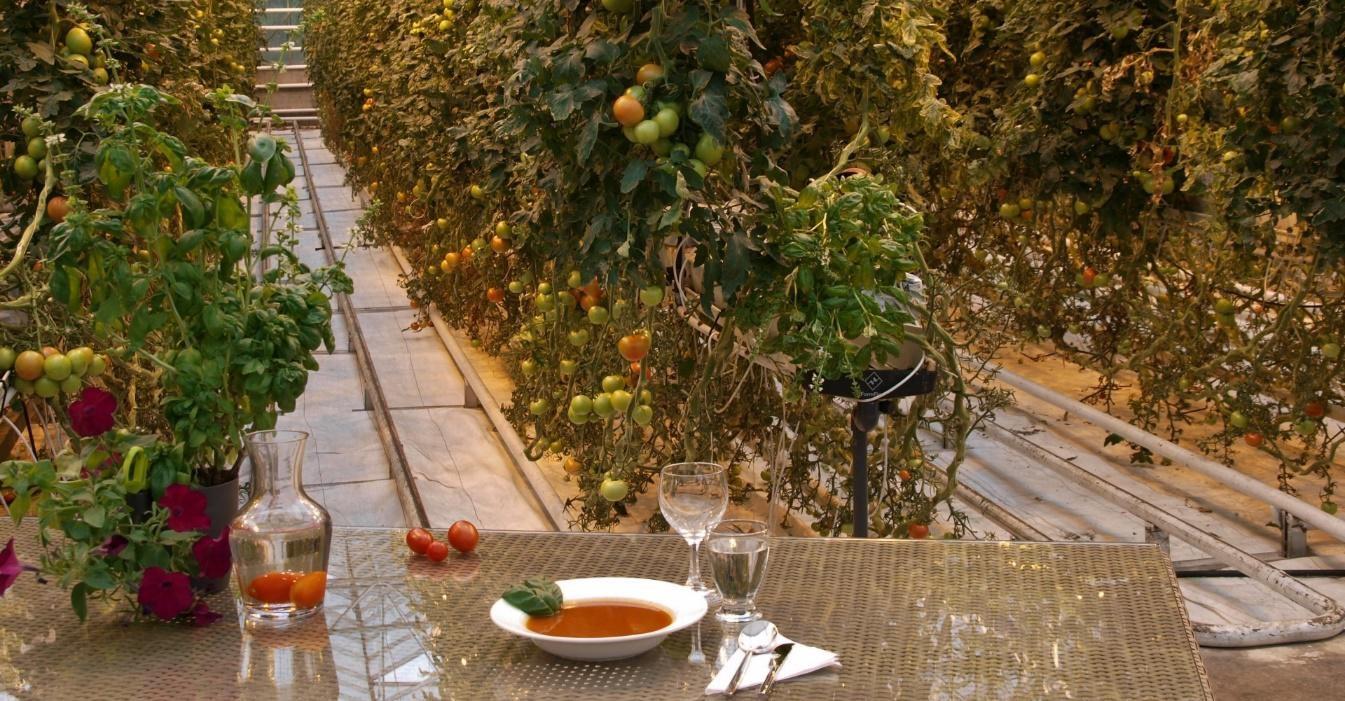
“We have a borehole 200 metres away,” said tomato lover Judit Kiss-Dragan, as she guided me around one of Iceland’s oldest greenhouses, Friðheimar, the next day. “The water comes out of the ground at 95C, but we cool it to 24 and create a perfect environment for growing tomatoes.”
In fact, it’s so ideal that they pick a tonne of this luscious red crop every single day and distribute them all over the island. Not a single fruit is exported and they’re single-handedly responsible for 70 per cent of Iceland’s entire tomato growing industry.
This often frozen nation may be just a few degrees south of the Arctic Circle, but with some well-arranged sheets of polythene, a carefully measured quantity of carbon dioxide and some fluorescent lighting, it’s possible to mimic almost any climate on earth. Better still, it’s “green” – 100 per cent of the electricity consumed in this small country comes from renewable sources such as hydropower, and nine out of every 10 homes is heated directly with geothermal water.
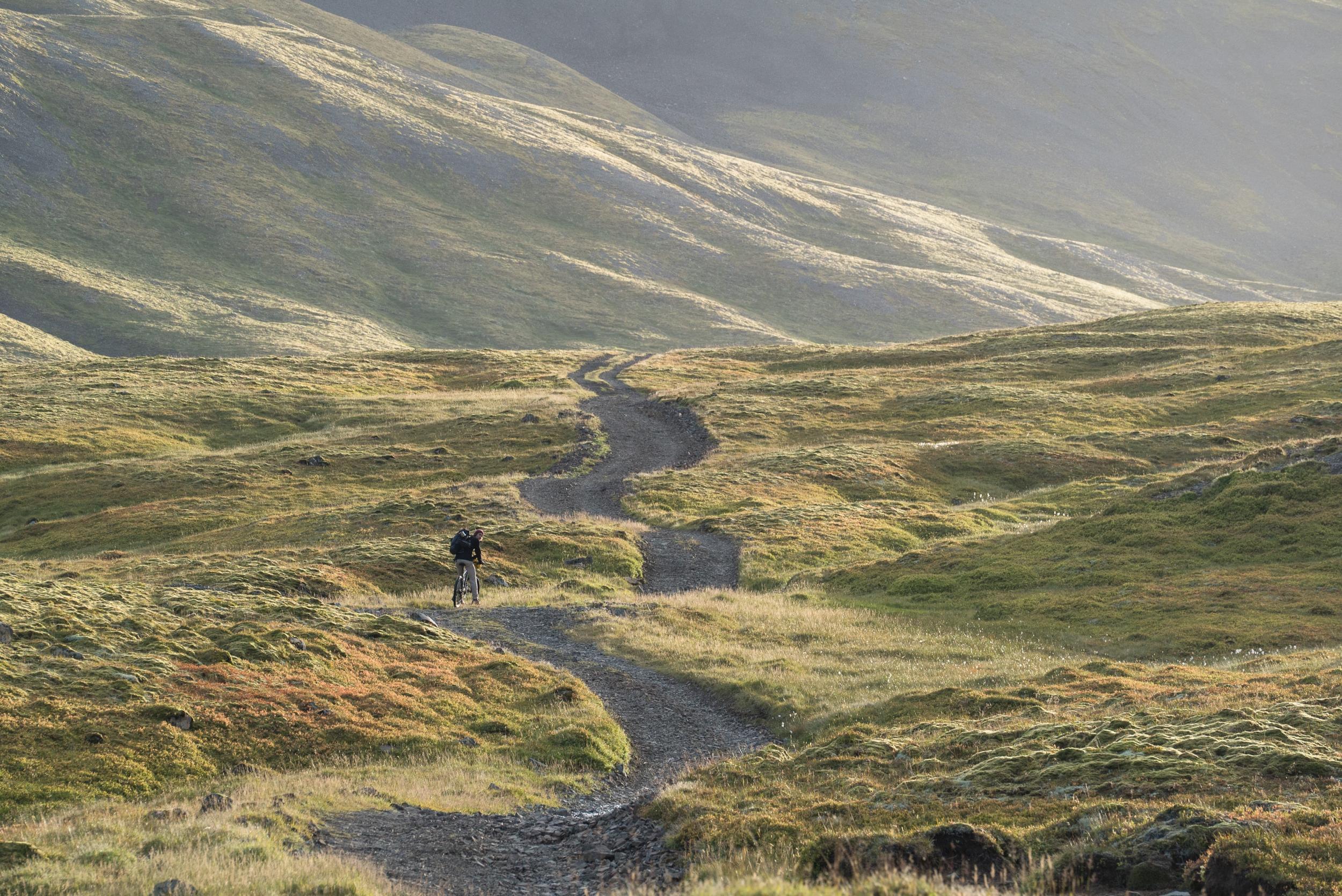
With the International Energy Agency predicting a 4.7 per cent growth in the global geothermal energy sector between 2018 and 2023, Iceland’s home-grown, greenhouse-to-table model could serve as the sustainable standard in our increasingly over-populated, under-resourced future. Kenya, the Philippines and Turkey are all ploughing time and money into tapping their own geothermal resources and a borehole was recently drilled as locally as Redruth in Cornwall.
Granted, Iceland’s tiny population of just 340,000 residents makes things significantly easier, but in these uncertain times they’re still worthy flag bearers for making the most of the cards that nature deals you.

“It’s easy to think of Iceland as a place where nothing would ever grow,” said Evar Eyfjord Sigurdsson, the man responsible for using geothermal heat to produce 11 tonnes of mushrooms a week for the Farmers Bistro restaurant and supermarkets all over the island.
“But why would we import something from overseas that we can produce here? We create something that is not only local and wholesome, but our carbon footprint is also greatly reduced.”
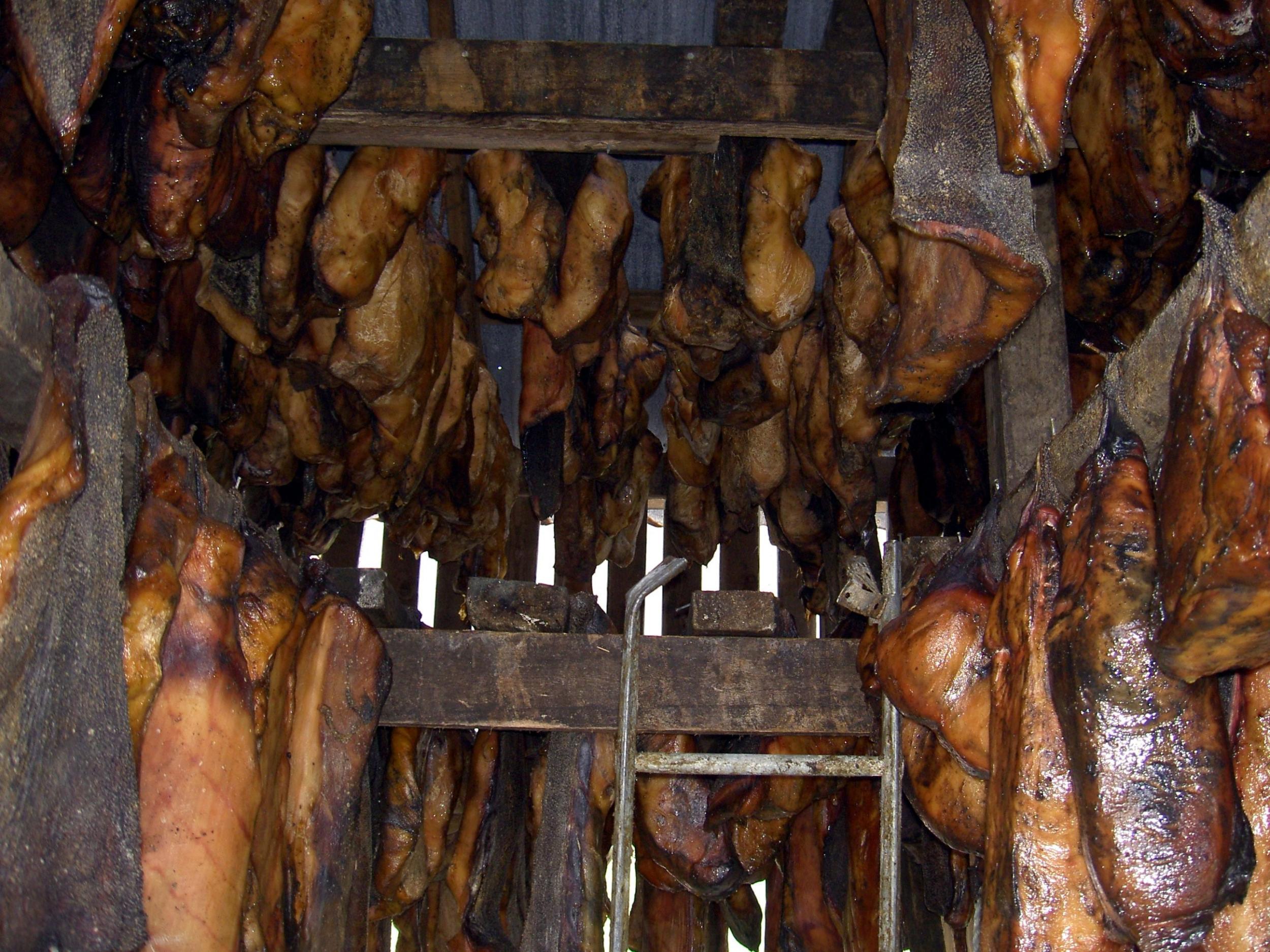
Geothermal scientist Gudridur Helgadottir told me how Iceland’s isolation had led to innovation as we wandered among rows of honeydew melons, chocolate pods and bananas, growing in the tropical greenhouse of the Agricultural University of Iceland.
“We’ve had to learn to be self-sufficient and work with our natural resources. We do research here and then pass this on to the growers. That, in turn, ends up on the plates of Iceland’s restaurants.”
In nearby Hveragerði – aka “Earthquake Town” – chefs at restaurants such as Varma are using the natural heat of the earth to slow cook their dishes. It’s not just a fun party trick – the process actually makes their raw ingredients taste even better. Lamb is particularly popular, because it tenderises and softens gradually over the course of 36 hours, but their carrot and chocolate cakes also get the same treatment. A cake cooked for this long at just 100Ctakes on a moist, doughy quality; langoustine broth, left to stew overnight next to a geothermal vent, takes on the rich and creamy texture of a fine lobster bisque as the root vegetables, cardamom, dill and cognac break down at a uniquely unhurried pace.
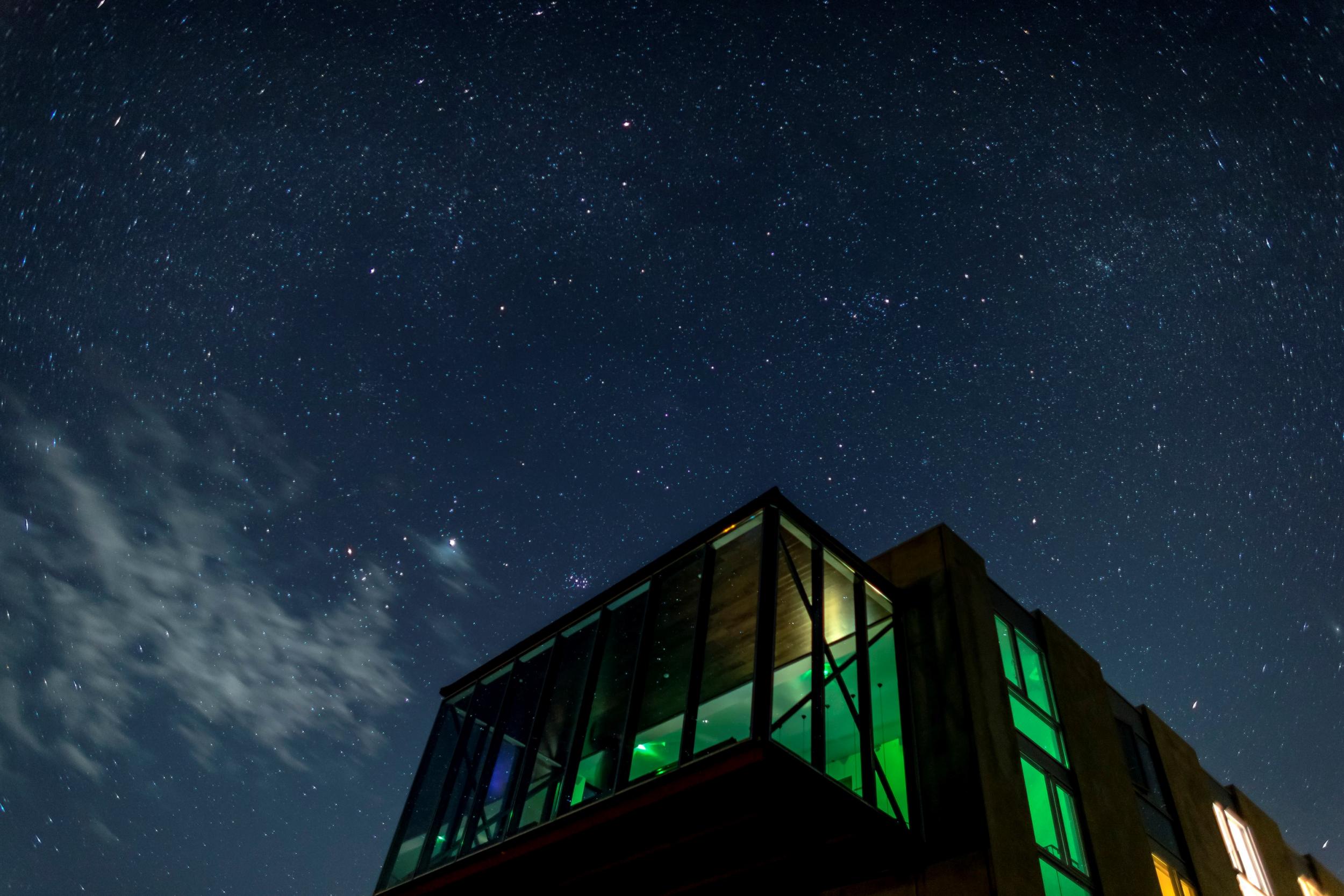
It’s not just restaurants that use natural resources to improve their products. In 2006 there were just five breweries in Iceland, but now there are 25 – and pubs such as Ölverk proudly use the geothermal energy beneath their feet.
“We’re from this town, and when we opened up there was no question that we’d use the geothermal energy,” said owner, Laufey Sif Lárusdóttir, as we savoured thimbles of cranberry wheat beer beside a bubbling 300l brew tank of birch bark and Arctic herbs.
“It’s important to stress that this is not sulphur beer – that would be a terrible idea – but beer that has been produced using naturally occurring geothermal heat. Now that is a good idea.” In the increasingly saturated craft beer scene of wacky ingredients and often wackier backstories, it’s a strong USP.
Iceland deserves its millions of tourists (even the ones who just come to gawp at the myriad Game of Thrones filming locations) – it’s a country of such staggering geographical bleakness that it would be impossible to visit this far-flung Atlantic isle and not feel refreshingly miniscule.
But taking a break from the cliched tourist conveyer belt, swapping this stark country’s painfully harsh climate for a balmy geothermal foodie tour, proved even more refreshing. Greenhouse-to-table dining: it could just be the future...
Travel essentials
Getting there
Return flights with Icelandair from London Heathrow start from £162.
Staying there
ION Luxury Adventure Hotel offers doubles from £282, room only. In-house restaurant Silfra uses fresh and local ingredients sourced from geothermal heated greenhouses.
Frost & Fire Boutique Hotel offers doubles from £210, room only. Its Varma Restaurant specialises in slow-cooked foods using geothermal heat.
Join our commenting forum
Join thought-provoking conversations, follow other Independent readers and see their replies
Comments